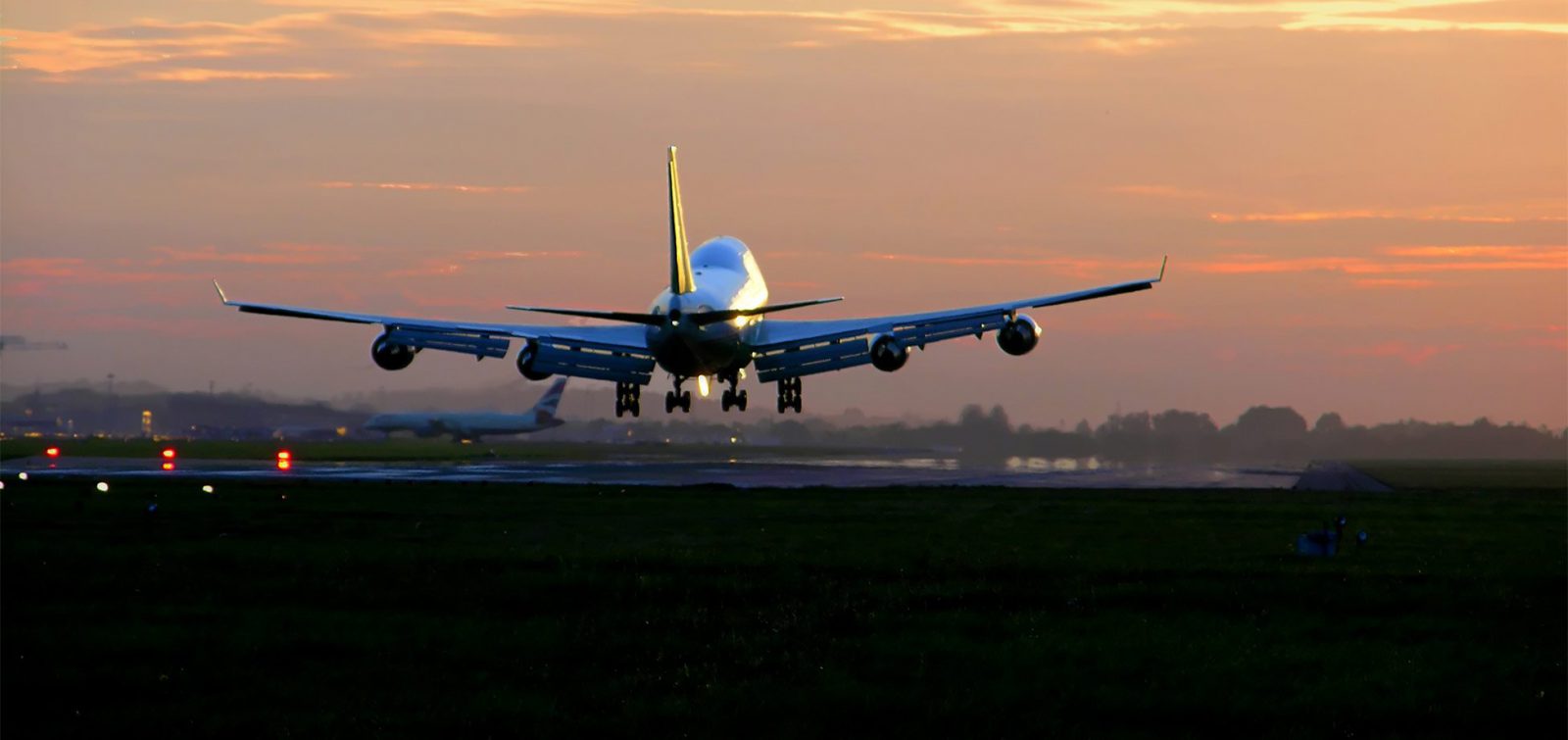ESA’s airport team—consisting of planners, noise analysts, biologists, sustainability experts, and NEPA specialists—are feeling an uptick in activity across the country in the airports and aviation market. As we move into 2024, here are five trends we see playing a big role in the year ahead for our clients.
1. Continued strong post-pandemic rebound and growth in activity.
Since officially turning a profit in 2022,[1] the North American region continues to experience a welcome rebound after the COVID-19 pandemic slowed the industry almost to a halt and caused an unprecedented loss of more than $140 billion in 2020. By and large, air travel has experienced a resurgence, with leisure travel back to “normal” and business travel still catching up due to optional in-person work environments and meetings, travel costs, and other factors. In fact, the Sunday after Thanksgiving weekend this year broke a record as the busiest day ever for US airports, involving nearly three million passengers and very few flight cancellations.
2. Abundant federal funding to support meaningful growth of airport infrastructure.
The Infrastructure Investment and Jobs Act (IIJA, also known as the Bipartisan Infrastructure Law (BIL)) has earmarked $25 billion over a 5-year period (through FY2026) for airport and air traffic control projects, with $15 billion specifically set aside for airport infrastructure, including runways, taxiways, safety, and sustainability projects. This is a step toward reaching the $151 billion in upgrades that Airports Council International – North America (ACI-NA) outlined as the industry needs in its 2023 US Airport Infrastructure Needs Report.[2]
3. Airport staff are feeling the demand, and need support.
If consultants are feeling the surge, so are our clients. With such a large amount of funding available that’s set to go away in 2026, there is a tremendous amount of pressure to make good use of it while we can. This means time is of the essence, so airport planning staff must be efficient in working through the environmental review and design process to keep their projects on schedule and moving forward. Whether as an extension of staff or through on-call contracts, ESA is here to support our clients in meeting these demands in any way we can.
4. Growing public expectations on dealing with airport noise.
In alignment with the Title 14 Code of Federal Regulations Part 150 process that outlines specific guidance for airport noise compatibility planning, ESA’s noise experts have been at the ready to assist with noise modeling, monitoring, and abatement services and give full support for Part 150 studies at major airports, including Seattle-Tacoma. Housing sales around airports grew during the pandemic while airport activity and mortgage interest rates were low, but with a strong rebound in activity comes growing community concern about noise. ESA’s noise analysts have been playing a key role for this important work in consulting for clients to find the optimum ways to reduce noise in nearby neighborhoods beyond those traditionally addressed by Part 150.
5. Climate change and regulatory changes are driving new challenges and opportunities.
The FAA launched the Airport Climate Challenge last year with a goal to achieve net-zero emissions at all the nation’s airports by 2050.[3] The International Air Transport Association (IATA) has stated that achieving this goal is mostly out of the industry’s hands and is dependent on others figuring out how to produce sustainable aviation fuel on a large scale. ESA’s aviation sustainability experts have a complete program in place to help with the directly and indirectly controlled emissions as well as other ways to improve sustainable operations and carbon reduction.
Want to discuss these topics further with an airports and aviation expert? Find us here: https://esassoc.com/market/airports-aviation/
[1] Bloomberg, “2022 Was Hell for Air Passengers But Profitable for Airlines,” Jan. 26, 2023.
[2] Airports Council International, “2023 US Airport Infrastructure Needs Report: Growing Needs Heighten Urgency to Modernize America’s Airports,” March 23, 2023.
[3] FAA, “FAA, US Airports Team up to Meet 2050 Net-Zero Climate Challenge,” April 22, 2022







